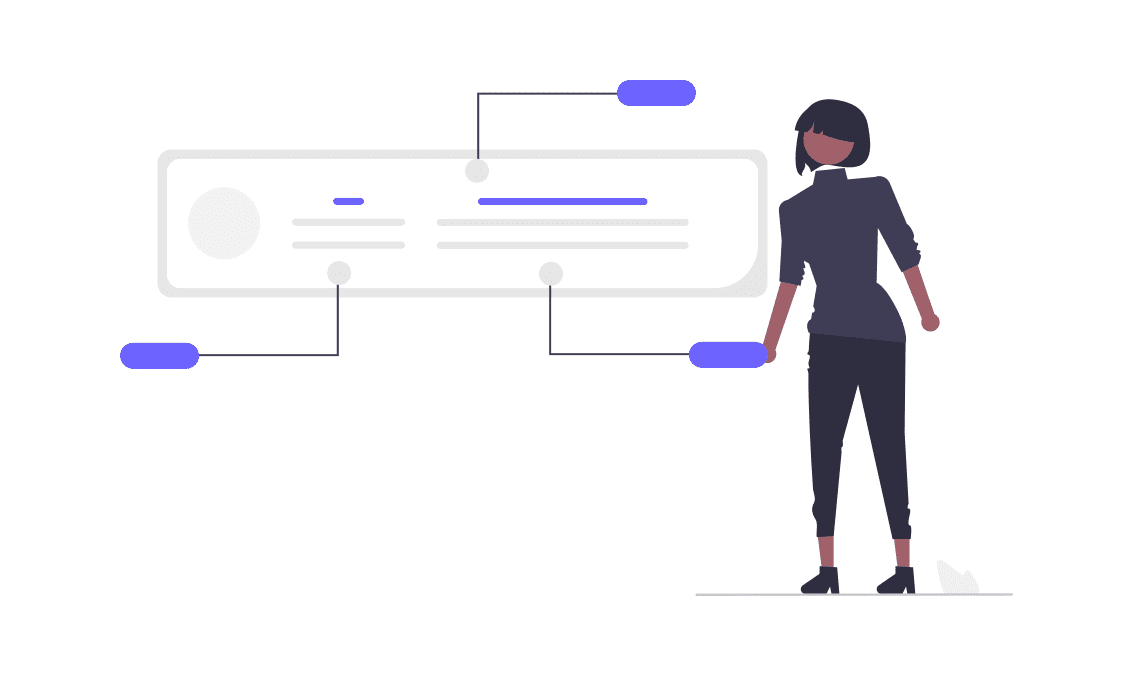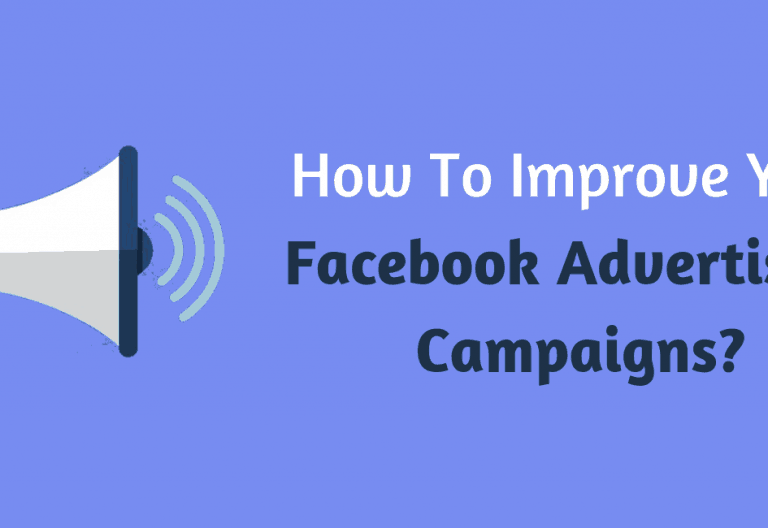Retargeting campaigns have become essential tools to maximize return on investment (RO!) for businesses of all sizes. This guide will teach you about what retargeting is and how you can put it into practice to achieve your desired business goals.
We will cover the benefits of retargeting, setting up an effective campaign strategy, measuring ROI, and optimizing your approach for the best possible results. By the end, you will have a comprehensive understanding of how to use retargeting to grow your business and increase profits.
Introduction to retargeting
Retargeting is a powerful digital marketing strategy used to increase conversion rates and ROI. It works by targeting people who have already interacted with your brand in some way – such as visiting a website or engaging with an advertisement – and showing them relevant, personalized ads.
Using retargeting campaigns allows you to effectively reach those potential customers who are more likely to convert, as well as generate extra revenue from existing ones. This form of advertising therefore lets businesses get the most out of their ad budgets and maximize the ROI from their campaigns.
Benefits of retargeting
Retargeting campaigns come with a variety of benefits that can increase your ROI and assist you with achieving any other business objectives you may have. Focusing on users who have already engaged with your brand means you can show them ads tailored specifically to their interests, thus maximizing the impact of each impression and increasing the chances of conversion.
Retargeting also contributes to keeping your brand top of mind, allowing you to build relationships and foster loyalty among customers. As a result, you can effectively nurture leads and perhaps even turn regular clients into brand ambassadors who spread the word about your products and services to their friends, family, and/or followers.
Last but not least, retargeting campaigns are ideal strategies for small businesses because they can be set up quickly and cost effectively. That doesn’t, however, mean they’re not suitable for larger organizations – on the contrary, retargeting can amplify brand messages and reinforce marketing campaigns even on a global scale.
Developing a retargeting campaign
Setting up a marketing strategy aimed at people who have previously interacted with your business is a fairly straightforward process:
- Create a target audience based on existing customer data or source lists from third-party services such as a web scraping API – leverage the insights you gain from your current clients to develop a segmented list that best reflects your desired outcome.
- Build retargeting ads – use visuals and messaging that are engaging, relevant, and speak to the needs of your target audience.
- Choose the platform on which to display them – identify the channels (Google, Facebook, etc.) where your target audience is most likely to be and position your ads there.
- Monitor campaign performance and make necessary adjustments to optimize it – regularly review your data and adapt as needed in order to achieve the best possible results.
- Track campaign data from the campaign and use it to try out different messages, visuals, and placements – determine how each component resonates with your target audience through, for example., A/B testing.
- Analyze the results and make changes to improve ROI over time – use the data gathered throughout your campaign to inform future decisions so that you continue experiencing high return rates.
Measuring your ROI from a retargeting campaign
Determining the performance of a retargeting campaign is essential in order to understand the outcomes of your efforts. The results can be measured using a combination of both quantitative and qualitative data – that is, hard numbers such as impressions or clicks and circumstantial evidence like customer feedback.
Tracking metrics like cost per impression (CPM), click-through rate (CTR), cost per acquisition (CPA), average order value (AOV), and customer lifetime value (CLV) will allow you to decide if you are seeing an appropriate return on investment. Such data will give you the insights necessary to adjust any components of your campaigns and get the most out of your retargeting efforts.
You should also track qualitative data by, for example, obtaining feedback from your existing clients to check that they are having a positive experience while interacting with your ads. The opinions of your target audience can be invaluable for learning more about them and further refining your strategies.
Optimizing your retargeting strategy for maximum ROI
Optimizing your retargeting strategy for maximum ROI requires careful consideration and analysis of different variables. Establish clear key performance indicators (KPIs) based on your desired goals, such as cost per acquisition or customer satisfaction, and track them over time using a KPI software.
Experiment by testing different approaches with A/B testing – such as different visuals or messaging – to see which performs best, and utilize segmentation to create more targeted and tailored ads for each user group for improved performance. Understanding how users are responding to the ads means you can adjust accordingly for better results.
Lastly, confirm that your ads are visually appealing so that users are more likely to interact with them. This may sound obvious, but it’s worth reminding that if your ads don’t stand out from the crowd or are irrelevant to the viewer then it stands to reason they won’t have the desired impact.
Final thoughts
Retargeting offers a great opportunity to maximize your return on investment when a campaign is carried out correctly. Tracking key metrics, experimenting with different approaches, segmenting audiences, and understanding how users respond to ads all allow you to optimize your retargeting strategy for the best possible results.
With the right techniques and strategies in place, you can use retargeting campaigns to focus your marketing efforts on qualified leads who are more likely to convert than people who haven’t previously interacted with your brand. In turn, these kinds of personalized ads will contribute to achieving your goals and ultimately making your business more profitable.
Good luck with your next (or first!) retargeting marketing campaign, and don’t forget the tips shared in this article to increase your chances of success.



